Home>Gardening & Outdoor>Outdoor Recreation & Activities>Why Does Grass Grow Better Under A Trampoline
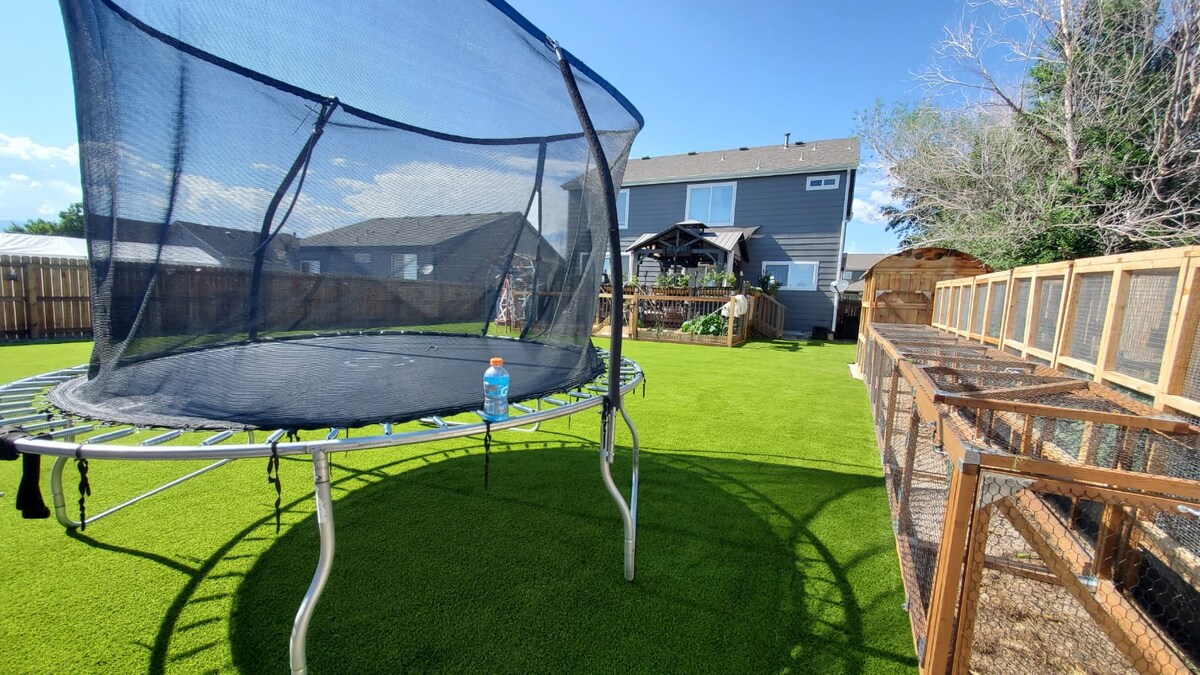

Outdoor Recreation & Activities
Why Does Grass Grow Better Under A Trampoline
Modified: February 18, 2024
Discover why grass grows better under a trampoline and how it relates to outdoor recreation and activities. Explore the fascinating phenomenon and its impact on your backyard fun.
(Many of the links in this article redirect to a specific reviewed product. Your purchase of these products through affiliate links helps to generate commission for Storables.com, at no extra cost. Learn more)
**
Introduction
**
Have you ever noticed that the grass underneath a trampoline seems to thrive more than the rest of the lawn? It's a curious phenomenon that piques the interest of many homeowners and outdoor enthusiasts. The lush, vibrant greenery flourishing beneath the trampoline often stands in stark contrast to the surrounding grass, leaving us to wonder: why does grass seem to grow better under a trampoline? In this article, we will delve into the science behind this intriguing occurrence and explore the factors that contribute to the flourishing grass beneath a trampoline. Whether you're a curious homeowner, a dedicated gardener, or simply someone with a passion for the great outdoors, understanding this phenomenon can provide valuable insights into the intricate relationship between nature and human-made structures. So, let's embark on a journey to uncover the secrets of why grass thrives under a trampoline.
**
Key Takeaways:
- Grass thrives under a trampoline due to the protection it offers from harsh elements, increased moisture retention, and reduced competition for sunlight, creating a microclimate that fosters robust growth.
- The trampoline acts as a shield, regulating temperature fluctuations and conserving soil moisture, showcasing the remarkable synergy between human-made structures and the adaptability of nature.
Read more: Why Doesnt Grass Grow Under Trees
The Science Behind It
**
At first glance, it may seem perplexing that grass under a trampoline grows more vigorously than in other areas of the lawn. However, there are several scientific principles at play that can help unravel this mystery.
One of the primary reasons for the enhanced growth of grass under a trampoline is the protection it provides from harsh elements. The fabric or netting of the trampoline acts as a shield, offering shelter from direct sunlight, heavy rain, and strong winds. This protective barrier creates a microclimate that is more conducive to plant growth. The grass underneath the trampoline is shielded from the scorching heat of the sun, preventing excessive evaporation of moisture and reducing the risk of sunburn, which can inhibit healthy growth.
Furthermore, the trampoline fabric helps to regulate temperature fluctuations, creating a more stable and favorable environment for the grass to thrive. This protection from extreme weather conditions can significantly impact the growth and development of the grass, allowing it to flourish even during periods of inclement weather.
Another crucial factor contributing to the flourishing grass beneath a trampoline is the increased moisture retention. The fabric of the trampoline can act as a barrier, preventing water from evaporating too quickly from the soil underneath. This results in higher soil moisture levels, creating an environment that is more conducive to robust grass growth. Additionally, the trampoline fabric can also act as a natural mulch, helping to conserve soil moisture and providing a protective layer that fosters optimal growing conditions for the grass.
Moreover, the reduced competition for sunlight plays a pivotal role in the enhanced growth of grass under a trampoline. The shade created by the trampoline limits the amount of direct sunlight reaching the grass, which can be beneficial, especially in regions with intense sunlight. This reduction in sunlight exposure can mitigate the stress on the grass and prevent excessive transpiration, allowing the plants to allocate more energy towards growth and development.
Understanding the scientific principles behind the thriving grass under a trampoline provides valuable insights into the intricate interactions between environmental factors and plant growth. By examining these factors, we can gain a deeper appreciation for the resilience and adaptability of nature, as well as the ways in which human-made structures can inadvertently create microenvironments that foster flourishing plant life.
**
Protection from Harsh Elements
**
One of the key factors contributing to the flourishing grass underneath a trampoline is the protection it offers from harsh environmental elements. The fabric or netting of the trampoline acts as a shield, providing a barrier that shields the grass from the detrimental effects of direct sunlight, heavy rain, and strong winds.
Direct sunlight can be both beneficial and harmful to plant growth. While plants require sunlight for photosynthesis, excessive exposure to intense sunlight can lead to sunburn and excessive transpiration, which can hinder healthy growth. The shade created by the trampoline mitigates the impact of intense sunlight, creating a more moderate and stable microclimate that is conducive to robust grass growth.
Furthermore, the protective barrier of the trampoline fabric helps to regulate temperature fluctuations, creating a more favorable environment for the grass to thrive. This protection from extreme weather conditions can significantly impact the growth and development of the grass, allowing it to flourish even during periods of inclement weather. The trampoline acts as a shield, buffering the grass from the harsh effects of heavy rain and strong winds, providing a sanctuary where the grass can thrive undisturbed.
Additionally, the fabric of the trampoline can act as a protective barrier against physical damage caused by external factors such as foot traffic, pets, or lawn maintenance equipment. This shield helps to preserve the integrity of the grass, allowing it to grow and spread without being subjected to undue stress or damage.
Understanding the protective role of the trampoline in shielding the grass from harsh environmental elements underscores the intricate relationship between human-made structures and the natural environment. By providing a sanctuary from the rigors of the elements, the trampoline inadvertently creates a microclimate that fosters the flourishing growth of grass, offering valuable insights into the resilience and adaptability of nature in the face of external challenges.
**
Placing a trampoline over grass can create a microclimate that protects the grass from harsh sunlight and extreme temperatures, allowing it to grow better.
Increased Moisture Retention
**
Another significant factor contributing to the thriving grass beneath a trampoline is the increased moisture retention facilitated by the trampoline fabric. The fabric acts as a barrier, preventing water from evaporating too quickly from the soil underneath, leading to higher soil moisture levels that create an environment more conducive to robust grass growth.
During periods of intense sunlight and high temperatures, soil moisture levels can rapidly deplete due to evaporation. However, the shade provided by the trampoline mitigates excessive evaporation, allowing the soil underneath to retain moisture for more extended periods. This increased moisture retention creates a more stable and favorable environment for the grass to thrive, even during dry spells or hot weather.
Furthermore, the trampoline fabric can function as a natural mulch, helping to conserve soil moisture by preventing rapid evaporation and reducing water runoff. The protective layer created by the fabric acts as a barrier that shields the soil from direct exposure to sunlight and wind, thereby maintaining optimal moisture levels for the grass to flourish.
Moreover, the enhanced moisture retention facilitated by the trampoline fabric can also promote the development of a healthy and robust root system for the grass. Adequate soil moisture is essential for root growth and development, and the stable moisture levels provided by the trampoline create an environment that encourages the proliferation of strong, resilient roots. A well-developed root system enables the grass to access essential nutrients and water, supporting its overall health and vitality.
Understanding the role of the trampoline in increasing moisture retention sheds light on the intricate interplay between environmental factors and plant growth. By creating a microclimate that supports optimal moisture levels, the trampoline inadvertently fosters the flourishing growth of grass, offering valuable insights into the ways in which human-made structures can influence and enhance the natural environment.
**
Reduced Competition for Sunlight
**
The reduced competition for sunlight underneath a trampoline is a crucial factor contributing to the enhanced growth of grass in this microenvironment. The shade created by the trampoline limits the amount of direct sunlight reaching the grass, which can be beneficial, especially in regions with intense sunlight.
Excessive exposure to direct sunlight can lead to stress on plants, resulting in increased transpiration and water loss, which can hinder healthy growth. The shade provided by the trampoline mitigates these effects, creating a more moderate and stable microclimate that is conducive to robust grass growth. By reducing the intensity of sunlight reaching the grass, the trampoline creates an environment where the plants can thrive without the added stress of excessive transpiration.
Furthermore, the reduced competition for sunlight allows the grass underneath the trampoline to allocate more energy towards growth and development. In areas with intense sunlight, plants often need to expend significant resources to cope with the harsh conditions, diverting energy away from growth. The shade provided by the trampoline alleviates this stress, enabling the grass to focus on its growth and vitality, resulting in lush, vibrant greenery that flourishes in the protected microenvironment.
Moreover, the reduced sunlight exposure can also prevent sunburn on the grass, a condition that can inhibit healthy growth and lead to browning or damage. By providing a shield from intense sunlight, the trampoline creates an environment where the grass can thrive without the risk of sunburn, allowing it to maintain its vigor and lush appearance.
Understanding the impact of reduced competition for sunlight on the growth of grass underneath a trampoline underscores the intricate relationship between environmental factors and plant development. By creating a microclimate that reduces the stress on plants and fosters optimal growing conditions, the trampoline inadvertently contributes to the flourishing growth of grass, offering valuable insights into the ways in which human-made structures can influence and enhance the natural environment.
**
Read more: Why Does Crab Grass Grow
Conclusion
**
The thriving grass underneath a trampoline is a testament to the intricate interplay between environmental factors and plant growth. The protection from harsh elements, increased moisture retention, and reduced competition for sunlight collectively contribute to the flourishing microenvironment beneath the trampoline, fostering robust and vibrant grass growth.
Understanding the scientific principles behind this phenomenon provides valuable insights into the ways in which human-made structures can inadvertently create microclimates that support the resilience and adaptability of nature. By offering shelter from intense sunlight, regulating temperature fluctuations, and conserving soil moisture, the trampoline creates a sanctuary where the grass can thrive undisturbed, showcasing the remarkable ability of nature to flourish in diverse conditions.
As we marvel at the lush greenery beneath the trampoline, we are reminded of the profound connection between human interventions and the natural world. The thriving grass serves as a living testament to the harmonious coexistence of human-made structures and the resilient beauty of nature, offering a glimpse into the intricate web of interactions that shape our outdoor environments.
So, the next time you gaze upon the flourishing grass under a trampoline, take a moment to appreciate the remarkable synergy between human ingenuity and the remarkable adaptability of the natural world. In this small microcosm, we find a reflection of the intricate balance that sustains life and growth, reminding us of the profound beauty and resilience that permeate our outdoor spaces.
Frequently Asked Questions about Why Does Grass Grow Better Under A Trampoline
Was this page helpful?
At Storables.com, we guarantee accurate and reliable information. Our content, validated by Expert Board Contributors, is crafted following stringent Editorial Policies. We're committed to providing you with well-researched, expert-backed insights for all your informational needs.
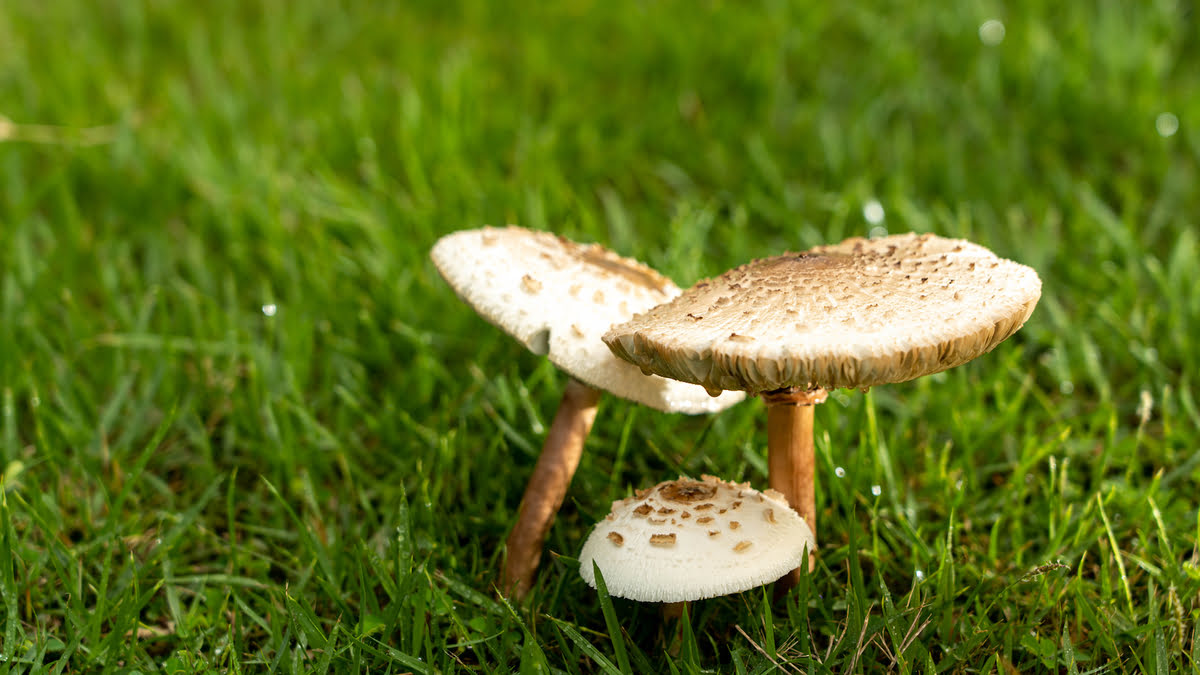
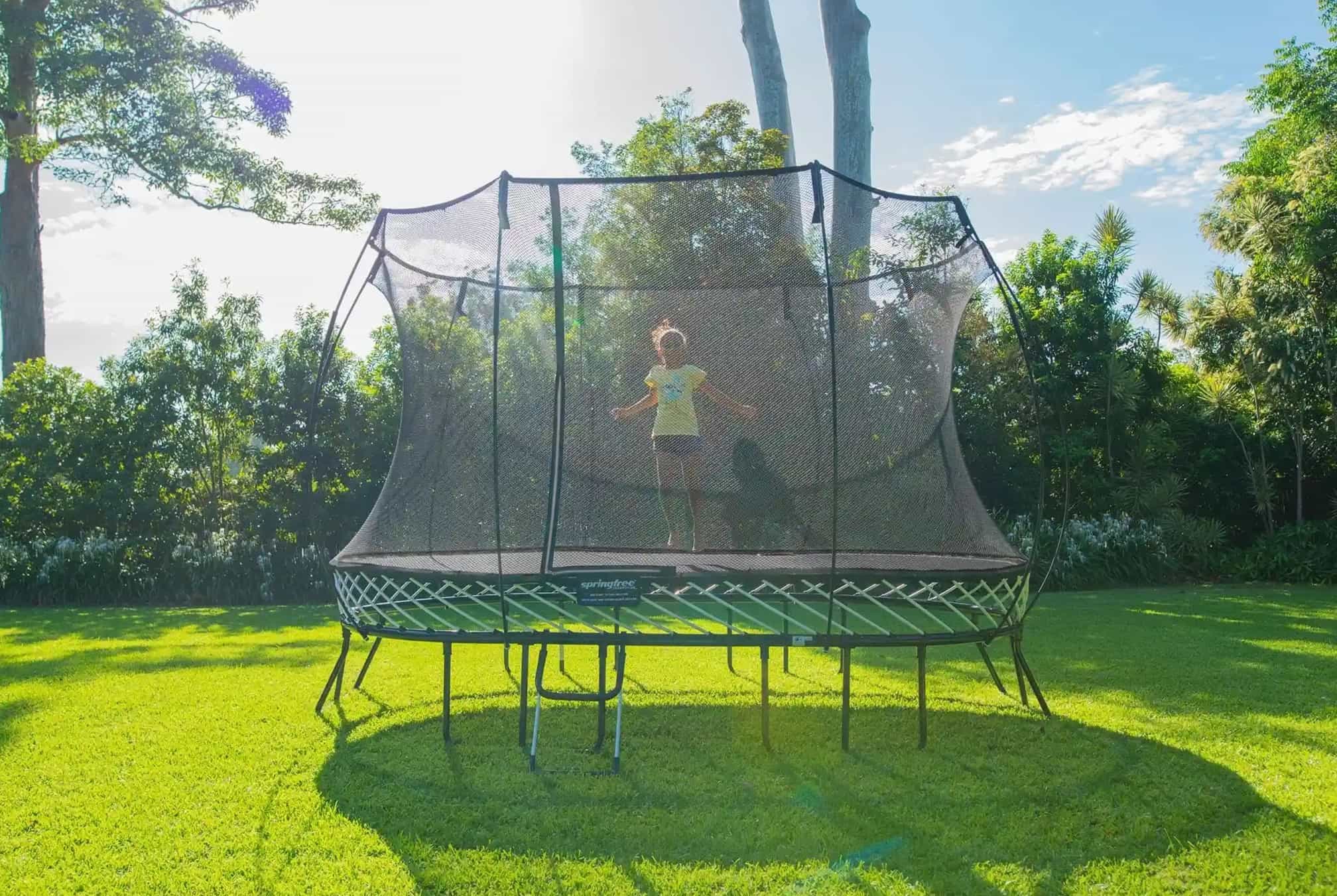
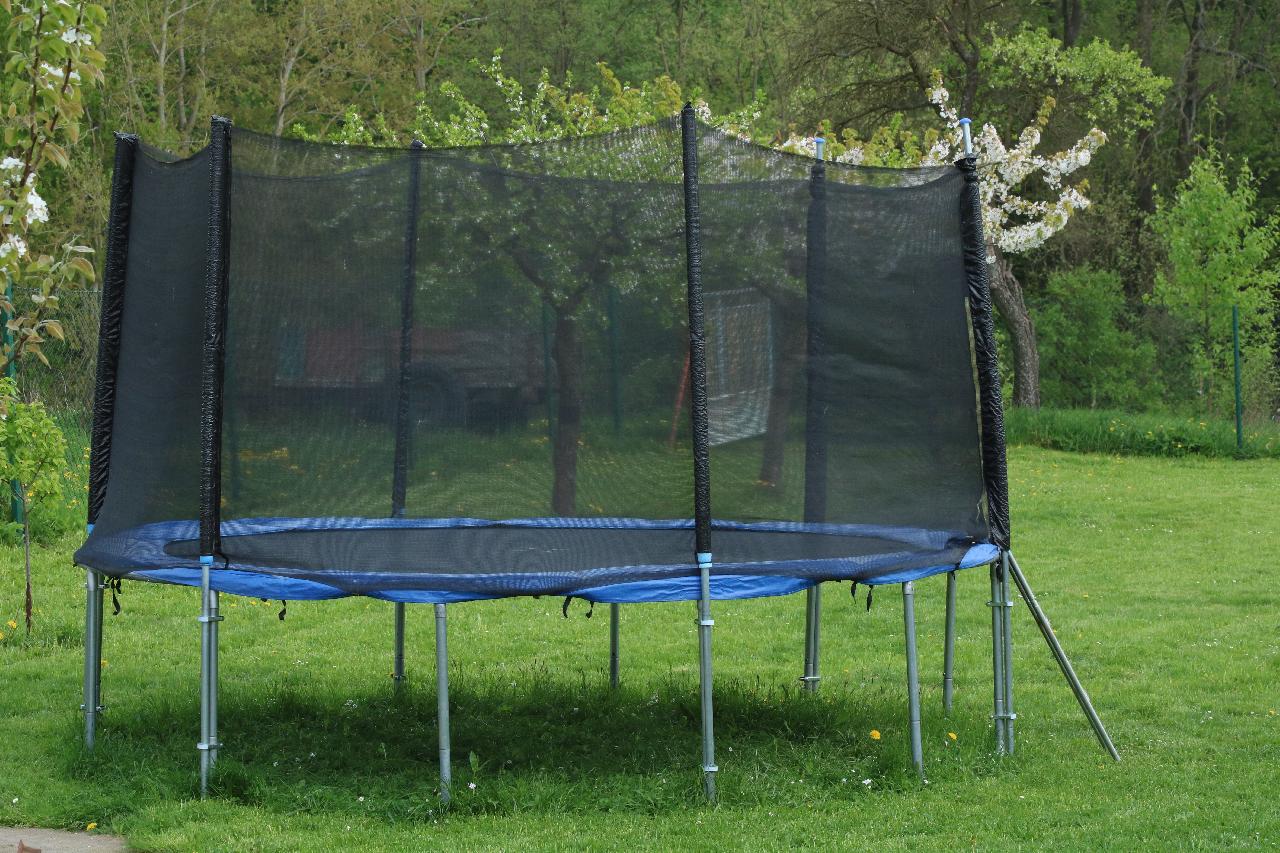
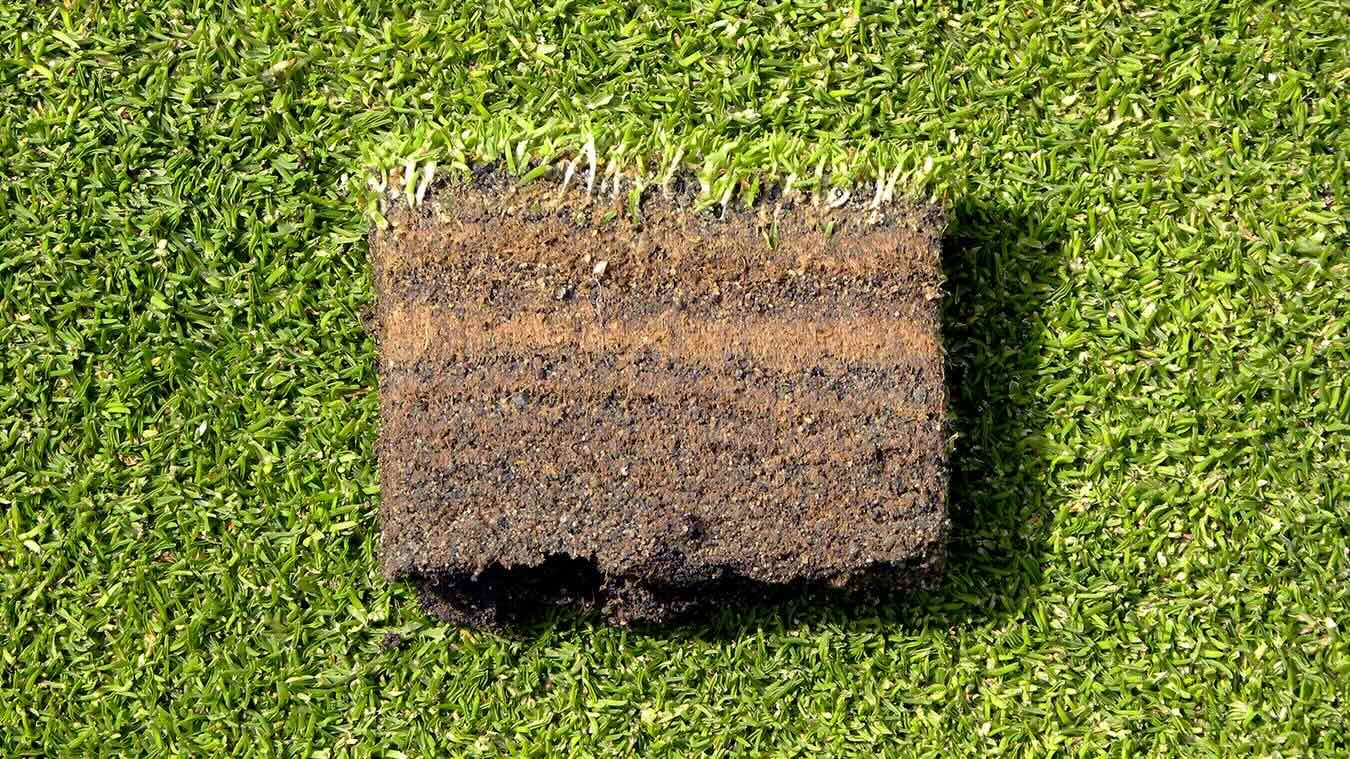
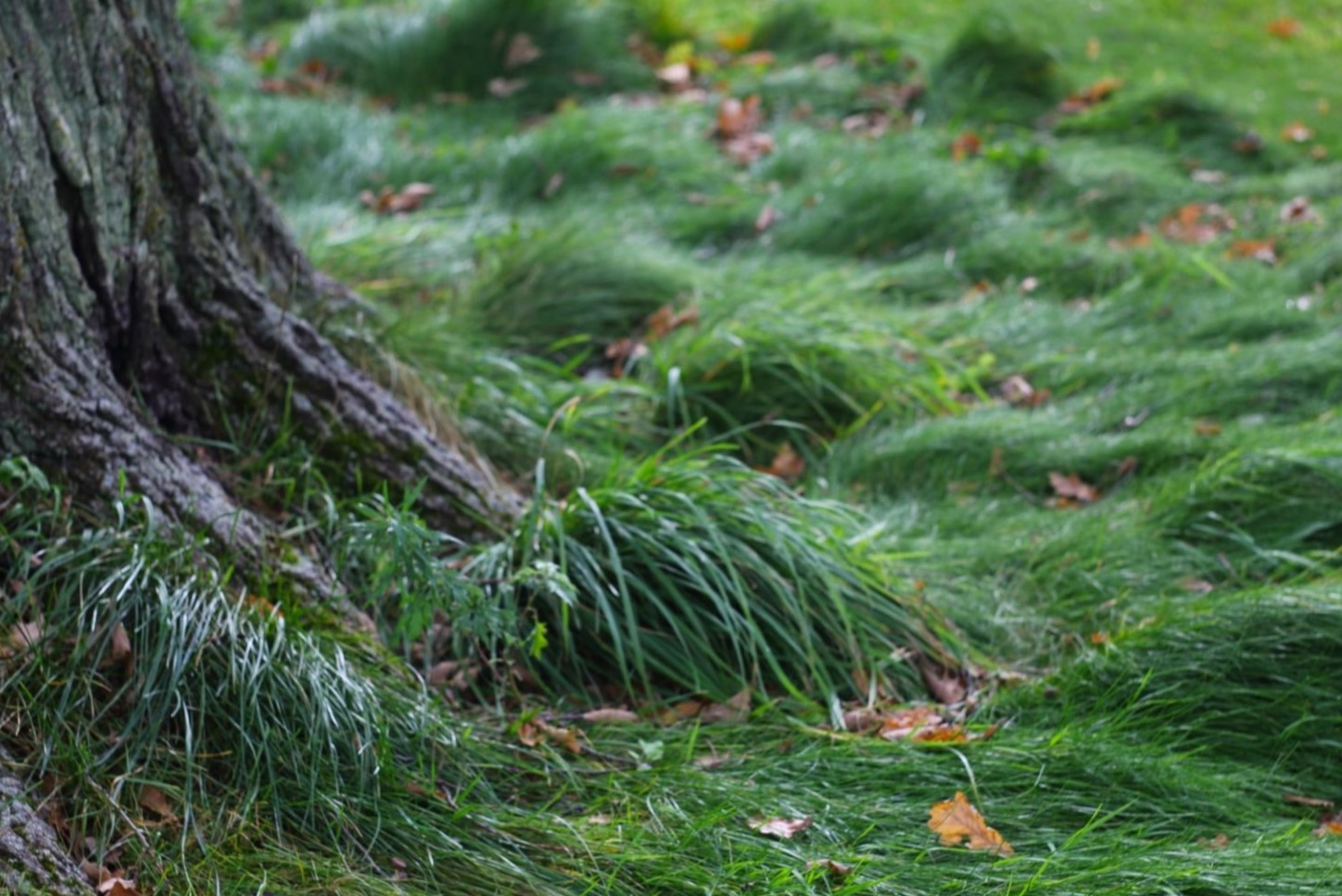
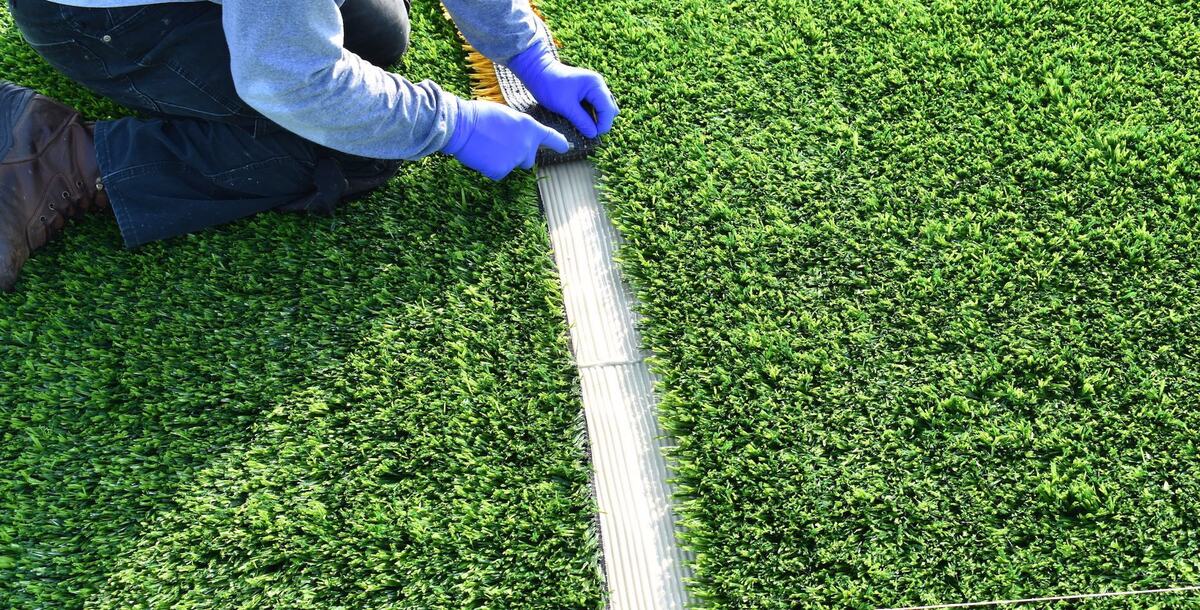
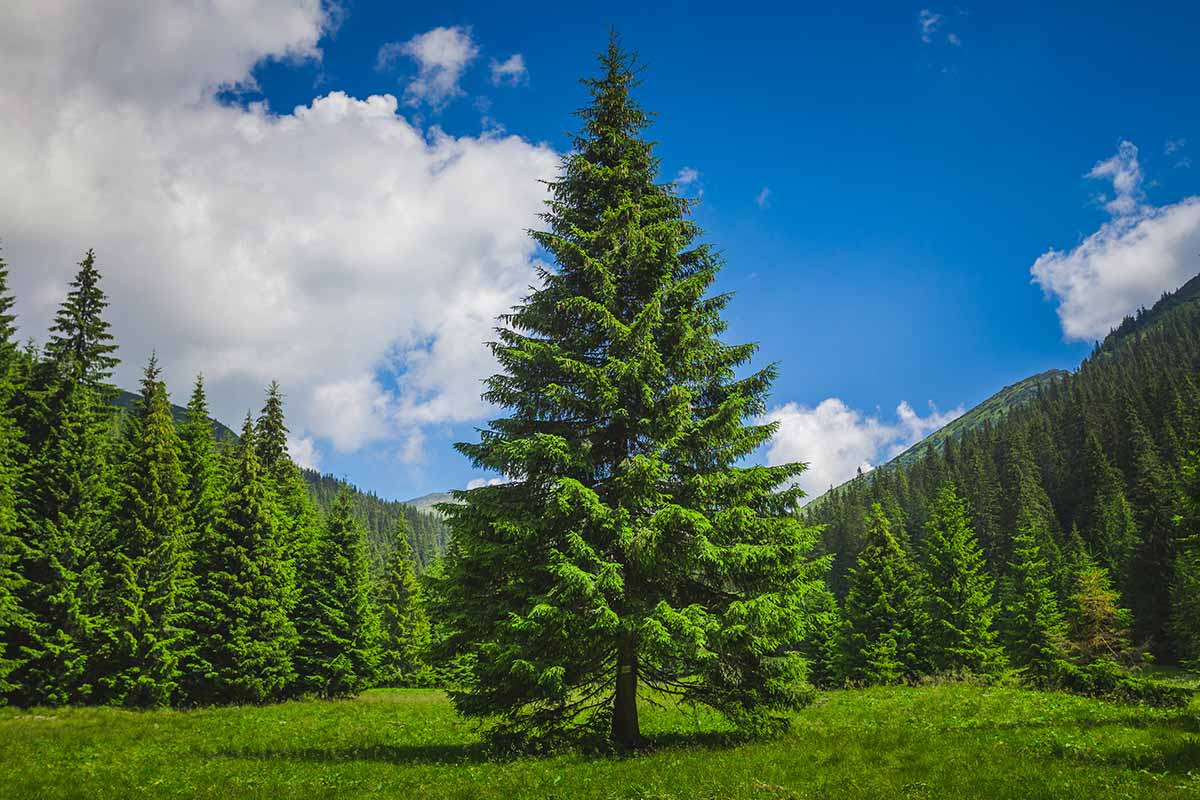
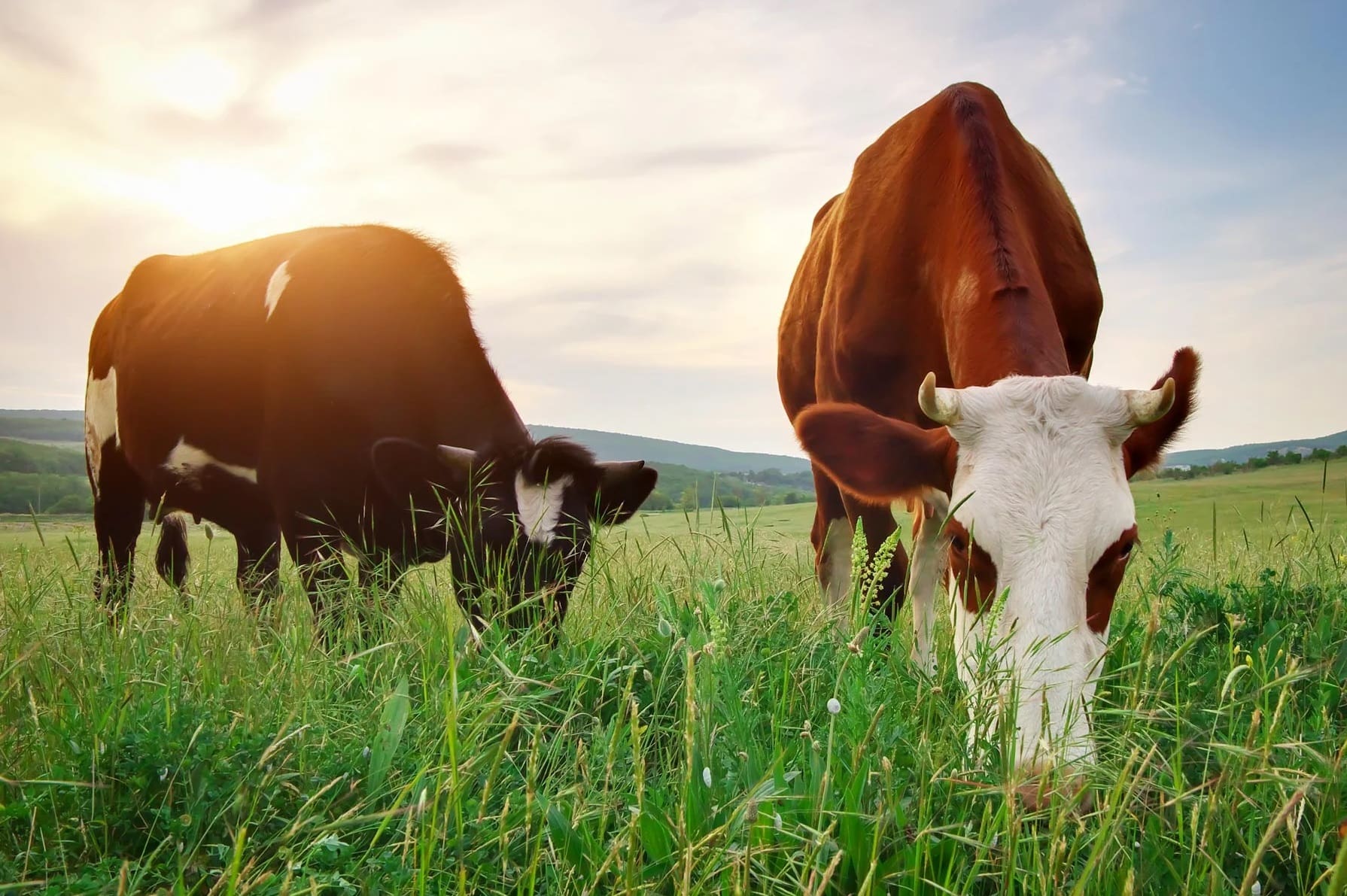
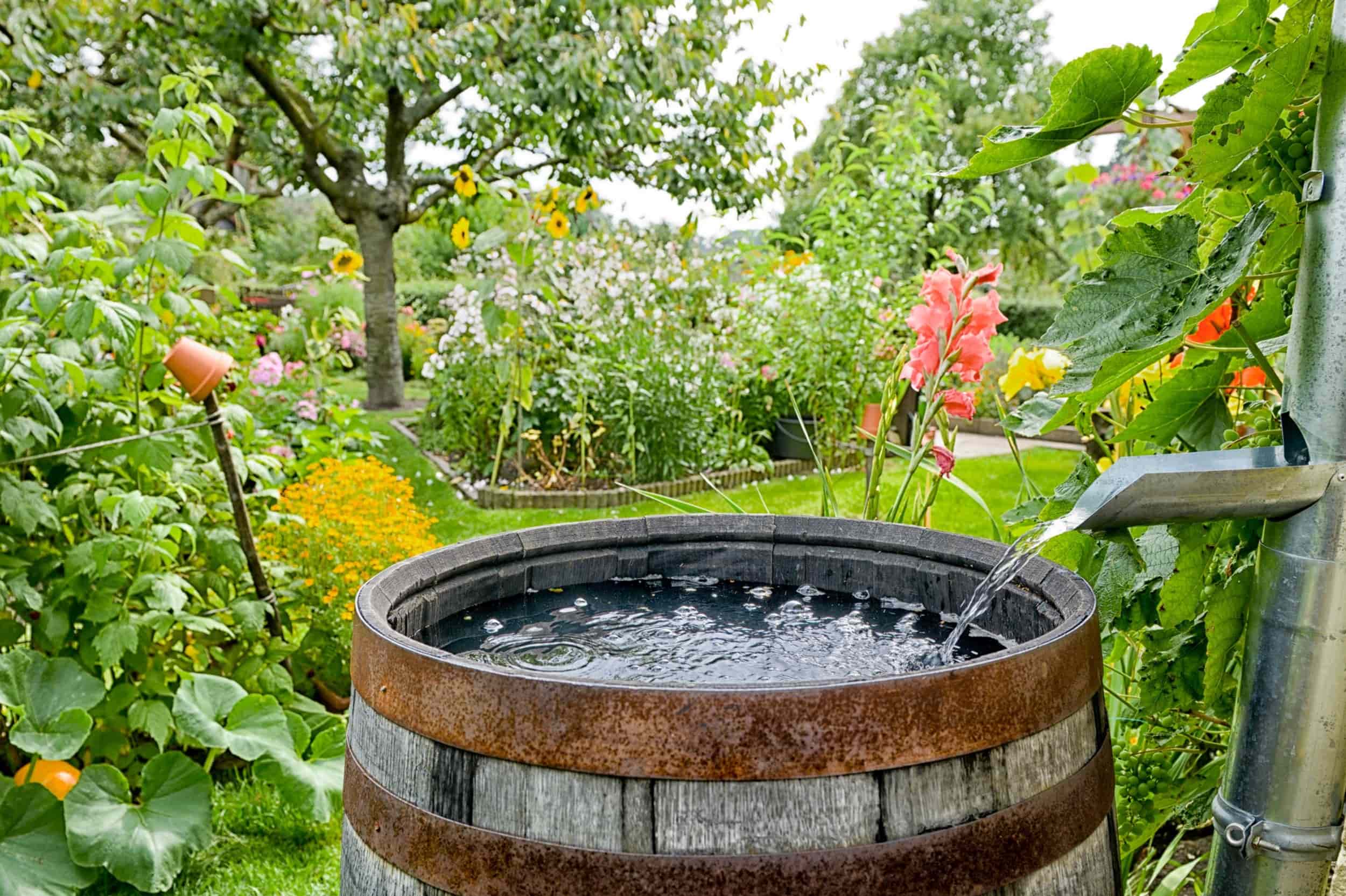
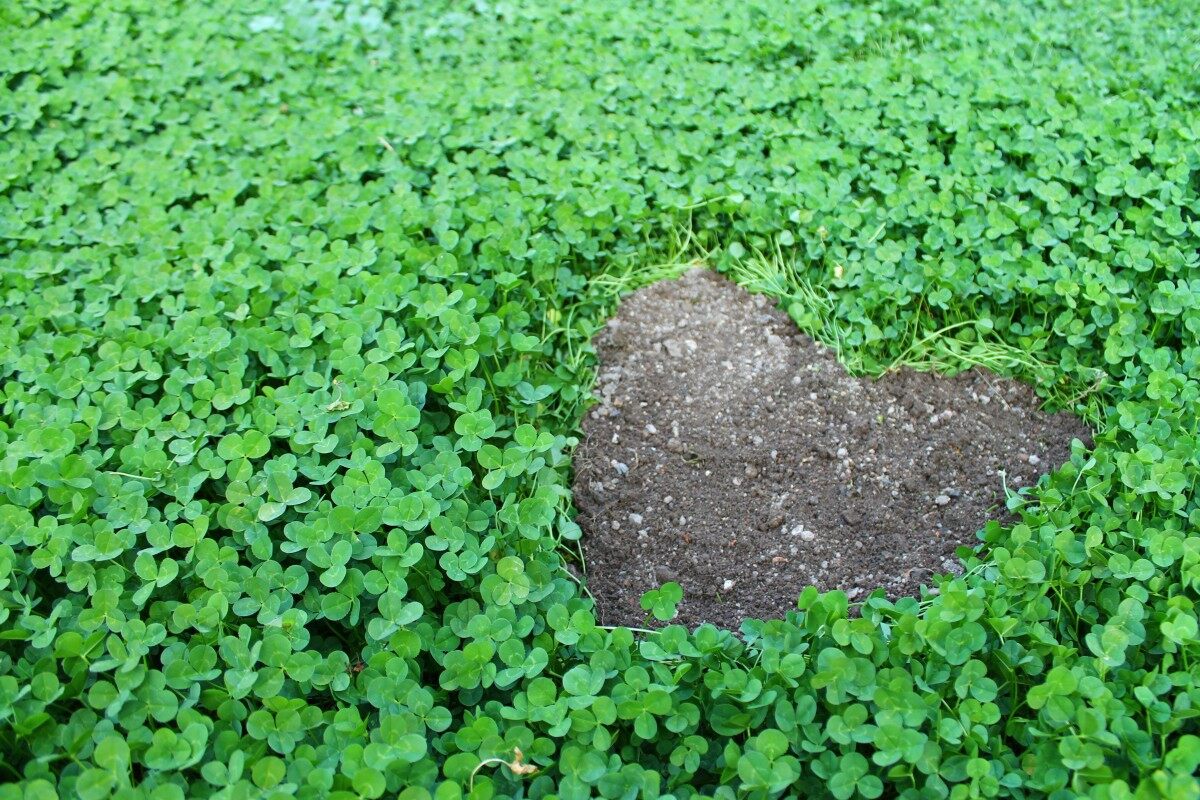
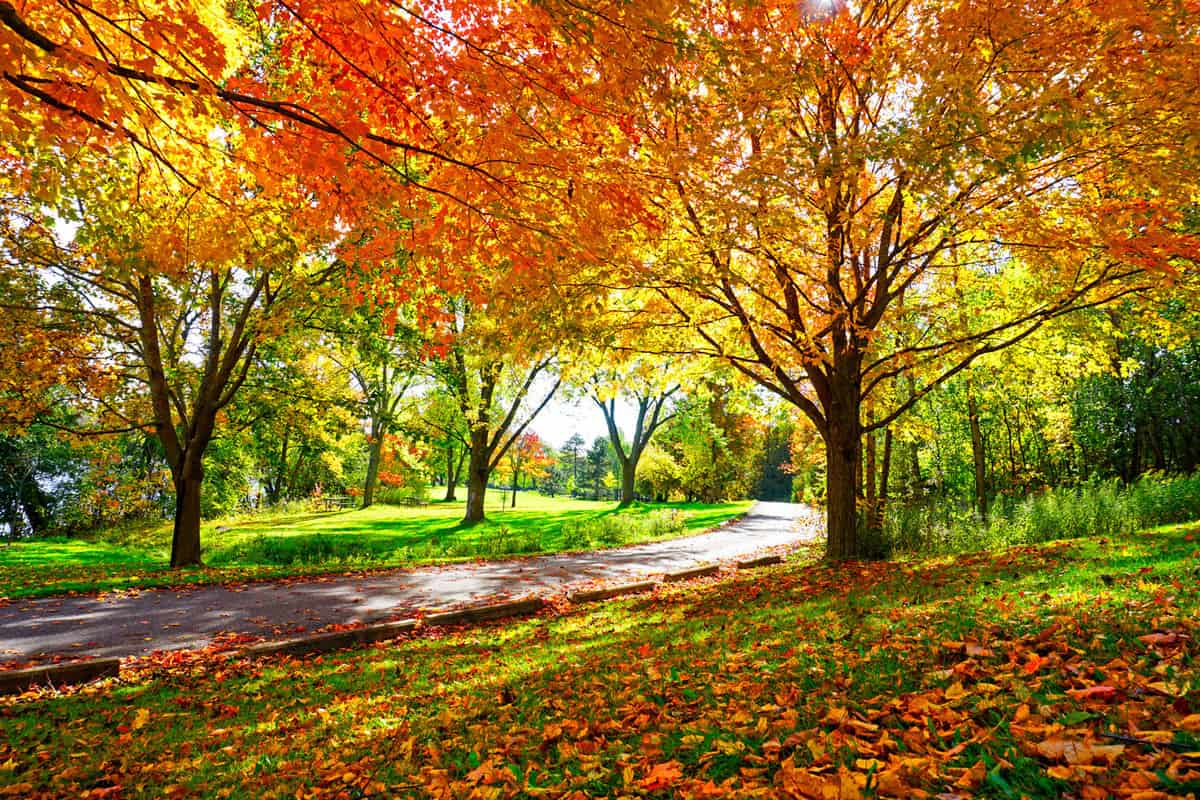
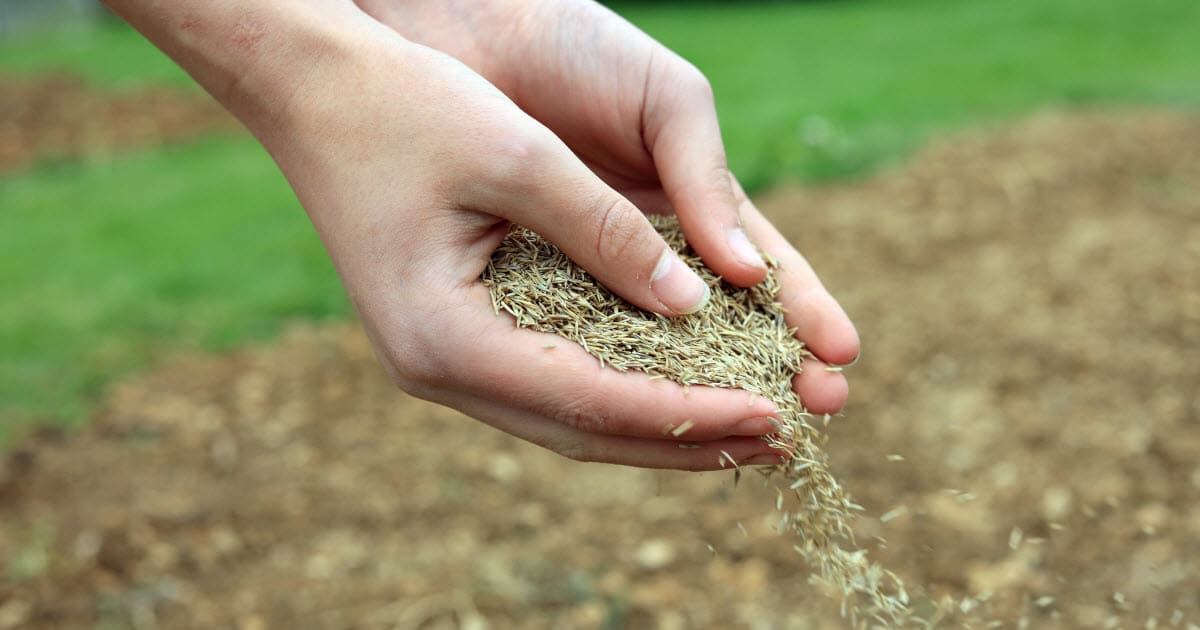
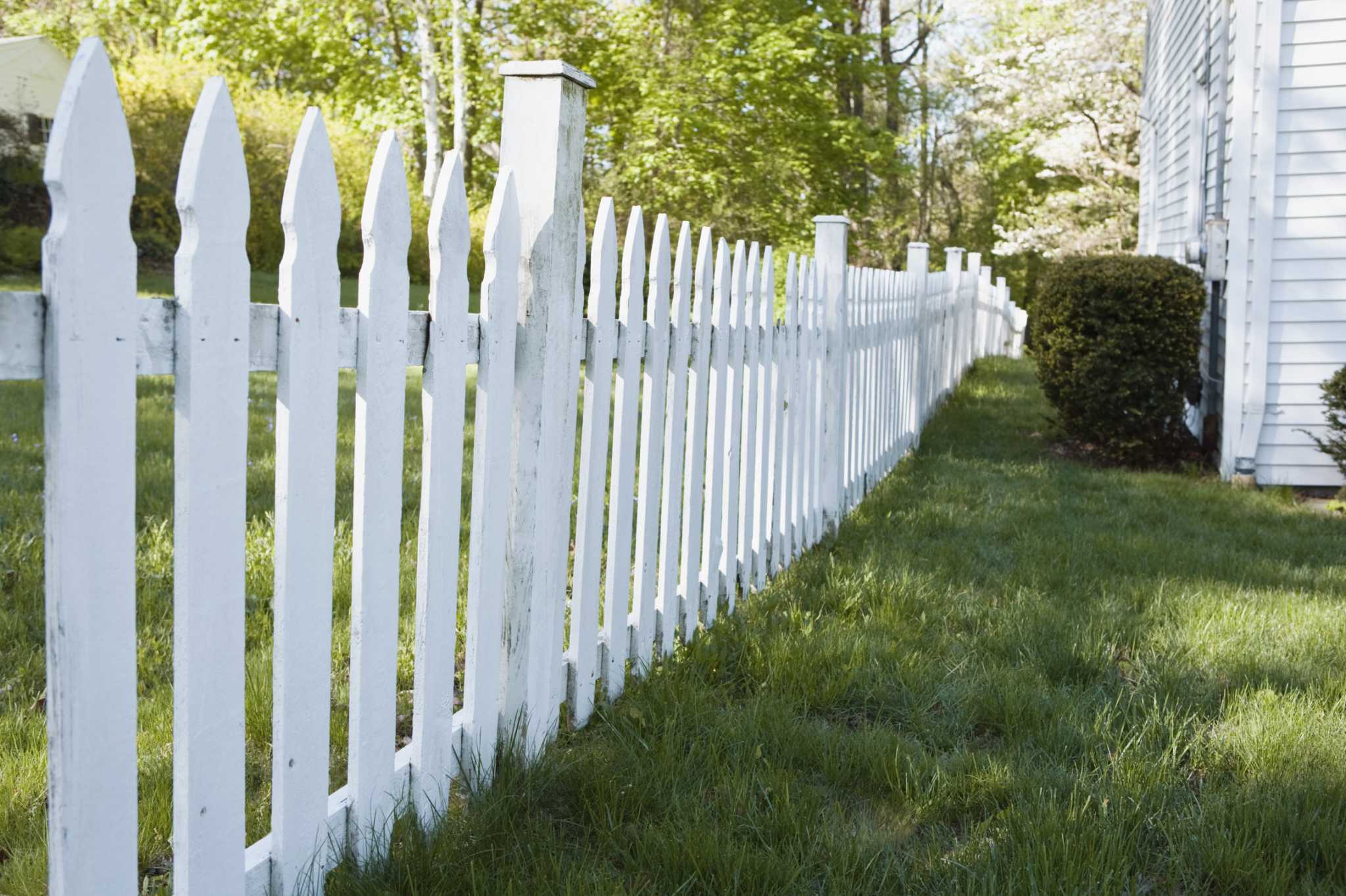
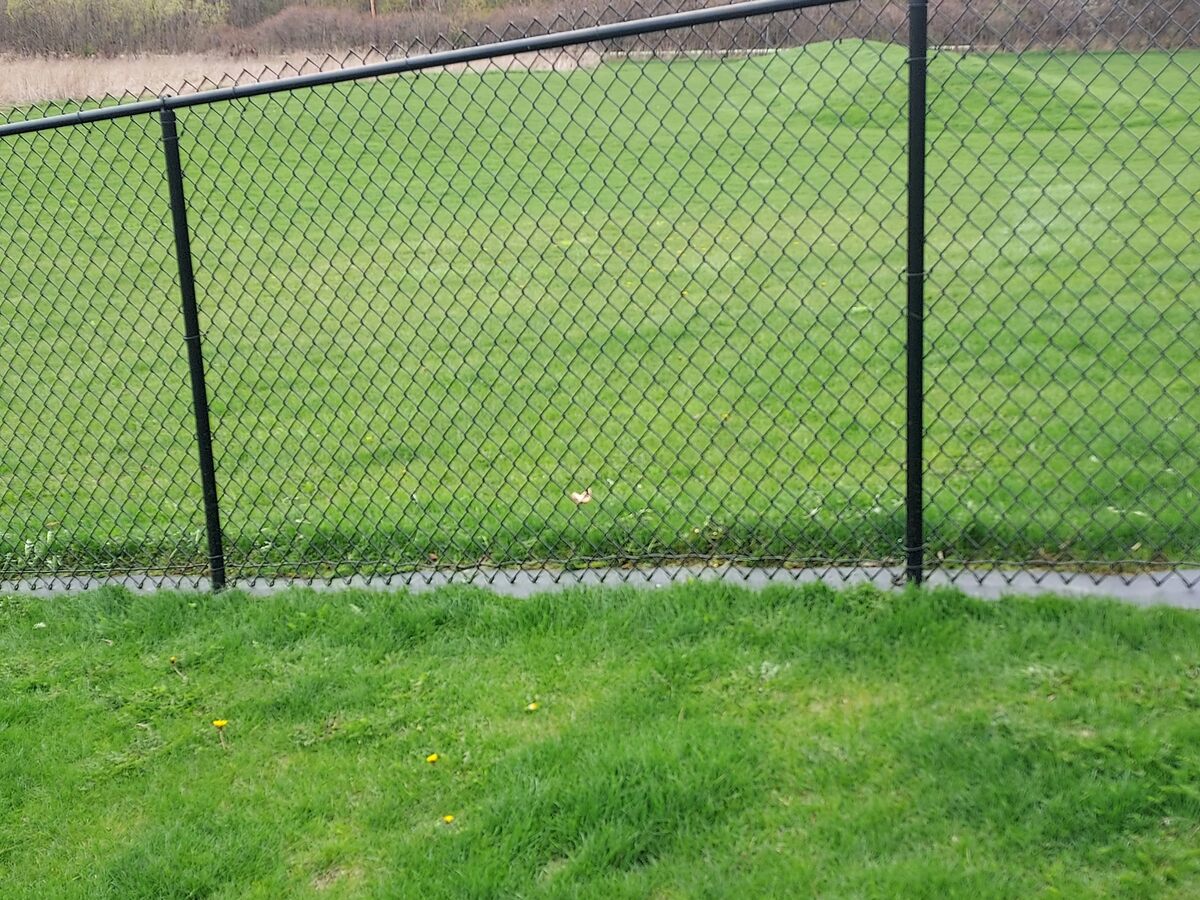

0 thoughts on “Why Does Grass Grow Better Under A Trampoline”